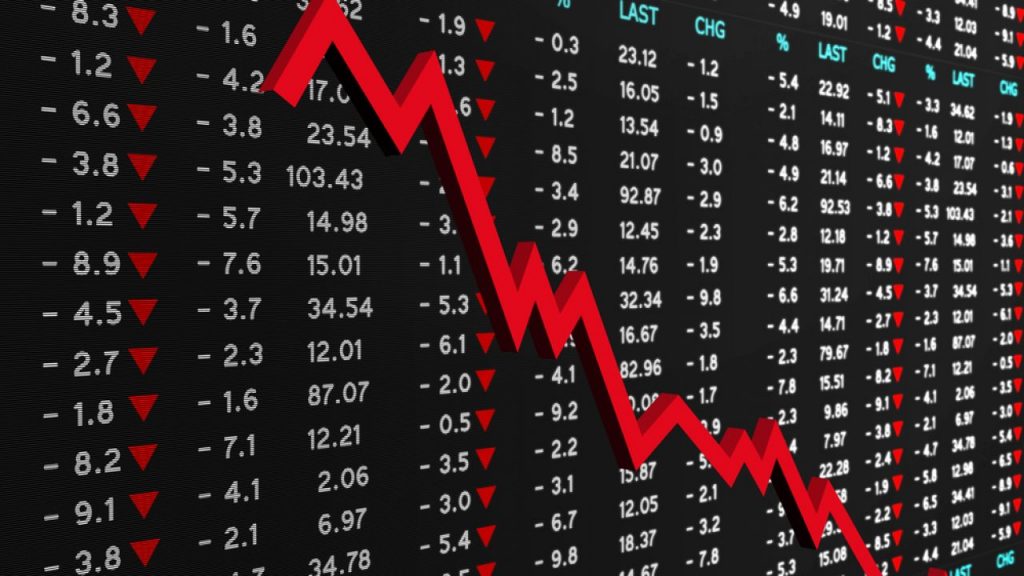
We are in a bear market.
- The Dow Jones has lost 23% since November 19, 2021, the S&P 500 is down 16% since January and the Nasdaq off 27% since November.
- Inflation is at 6.7% – the highest level in 30 years while wages have remained stagnant.
- Companies are reporting declining profits due to inflation and slowing consumer demand.
- Consumers are spending more for basic living expenses (food and gas) and less on discretionary items (televisions, cars etc.).
- And on top of all of this, there is a war going on in Ukraine which has had a huge humanitarian toll.
What exactly does inflation mean for me?
Inflation is when prices rise. The government has a target inflation rate of 2%, we are currently at 6.7%. While you may be able to afford to pay more for gas, food, clothing etc., when inflation gets out of hand consumers stop spending. The primary tool the government uses to fight inflation is increasing interest rates. When this happens (and it is happening now), mortgages get more expensive, consumers have less to spend on discretionary items and the cycle continues.
The result is businesses report lower profit (Walmart and Target reported lower then expected profit this week) and the markets fall.
Clients are asking…
- Where is a safe place to invest?
- Where can I get guaranteed growth?
- Is there a place that can I invest corporate funds to grow tax free?
- Where can I invest and have a reasonable return with peace of mind and stability?
Answer: Participating whole life insurance.
A participating whole life insurance policy has guaranteed tax free growth. Participating whole life insurance has held up for 150 years because it is not based upon stock market returns, the latest fad or consumer hype. Unlike a traditional stock/bond portfolio which collapses under market strain, participating whole life is guaranteed to increase in value and has paid a dividend during every economic stress tests of the past 100 years including the 1929-1932 Depression and the 2008 Global Financial Crisis. As an asset class, this is a proven performer.
How do the funds in a participating whole life policy grow?
The funds inside a whole life policy grow on a tax deferred basis and include a dividend scale interest rate which is set annually in the spring for the following year. The current dividend scale interest rate is 6.0%. A 10-year Government of Canada bond has a similar risk profile (measured by standard deviation) and is currently paying only 2.5% (Dec 2021) which is fully taxable. Dividends are credited on the anniversary of your policy based on the credited dividend interest rate at that time. The dividend scale interest rate is just one component used to determine policyholder dividends and the performance of an individual participating policy. Performance is affected by the design of the participating life insurance, the pattern of guaranteed cash values, the number of premiums paid to the policy and by the age and risk characteristics of the insured person. A whole life participating account is managed for the long term. On average, approximately 70% of policyholder dividends are attributable to investment experience and 30% is due to positive factors such as lapses, mortality, and expenses.
Participating whole life follows a strict portfolio allocation that has rarely changed over time. It is guaranteed to increase in value. As a financial instrument, it has a strong history of proven performance, reliability and stability.
QUESTIONS?
If you want to talk about using whole life as a corporate or personal investment, click here or email info@levinefinancialgroup.com
Elliott Levine, MBA, CFP is the President of Levine Financial Group in Toronto
We Save Physicians Money on their Insurance
416-222-1311 I info@levinefinancialgroup.com
